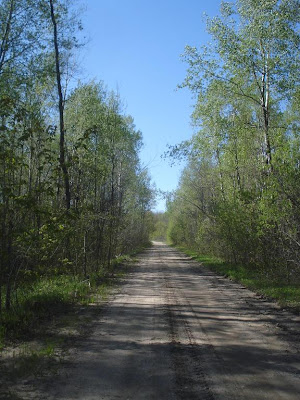Still hiking... and thank you
This is my first post in more than four years. After completing many of the best hikes in Toronto, I've turned my attention to some of the best hikes in the world. I've climbed Mount Kilimanjaro (Tanzania) and hiked in the Peruvian Andes and Swiss Alps. My years of hiking in the Greater Toronto Area has prepared me well for these world-class adventures.
Thank you for your continued support and interest in this blog.

































